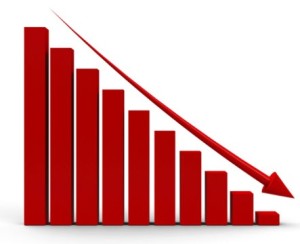We have more information about drug use trends by teens in 2015. Almost as reliable as the Winter Solstice, the University of Michigan’s “Monitoring the Future” study has been released each December for more than 50 years. It provides a timely report of American teenagers’ patterns of drug use. Throughout the year the media reported dramatic anecdotal stories relating to drug use as well as conflicting predictions about the likely impact of changes in drug policy. The annual “Monitoring the Future” data provides an opportunity to switch from the perspective of the “trees” to that of the “forest” as well as a chance to check out the accuracy of these prophecies.
In 2015, 44,892 students from 382 public and private schools reported their drug use behaviors across three time periods: lifetime, past year, and past month. Readers interested in the full details can find them in the voluminous report at www.monitoringthefuture.org. I also recommend a summary of this year’s report on the blog written by the director of the National Institute of Drug Abuse, Nora Volkow.
As has been the case for the past few years, much of the news was encouraging. Decreased use was noted in almost all substances: alcohol, cigarettes, heroin and prescription pain pills, inhalants, and synthetic cannabis (known as “Spice” and “K2”). Significantly, historic lows were reached for alcohol, cigarettes, heroin, and inhalants.
Substances for which use did not change were prescription stimulants and cannabis. The use of cannabis remains high but did not increase despite the relaxing of laws in many states. I expect that this will give proponents of both sides of the current cannabis policy debates material to support their respective positions.
One area that is discouraging is the continued high use of electronic vaporizing delivery systems by teens. Their primary use is as “e-cigarettes” for nicotine, which exceeds conventional cigarette use. Dr. Volkow points out that some of the reduction in cigarette use may be attributable to a shift in delivery systems. Also of concern is the fact that some teens report using the vaporizers for cannabis and hash oil.
These numbers provide a basis for some optimism. On the other hand, there is increasing evidence that the negative impact of heavy use of psychoactive substances is greater on people whose brains have not yet fully developed. This perspective suggests that although we are moving in a good direction, even more progress is needed.
